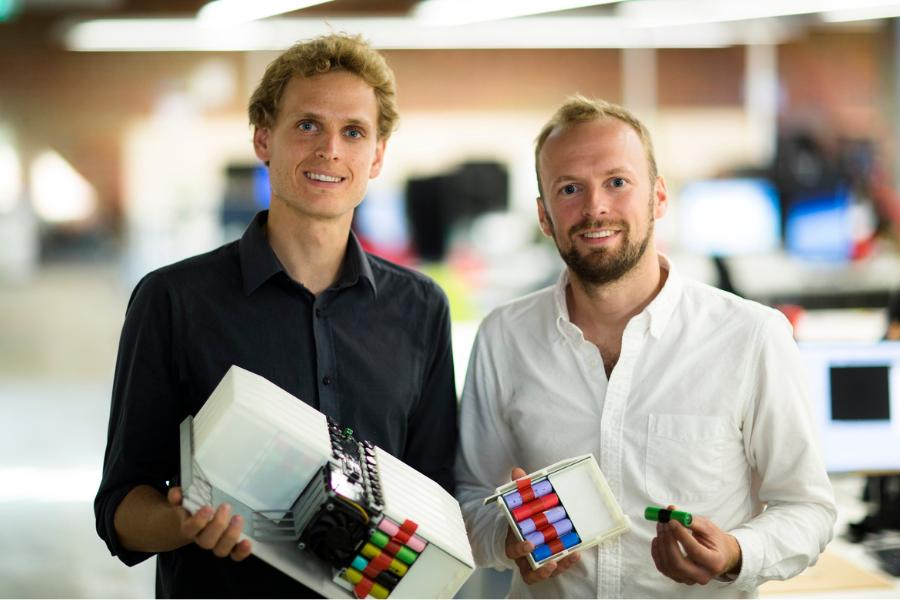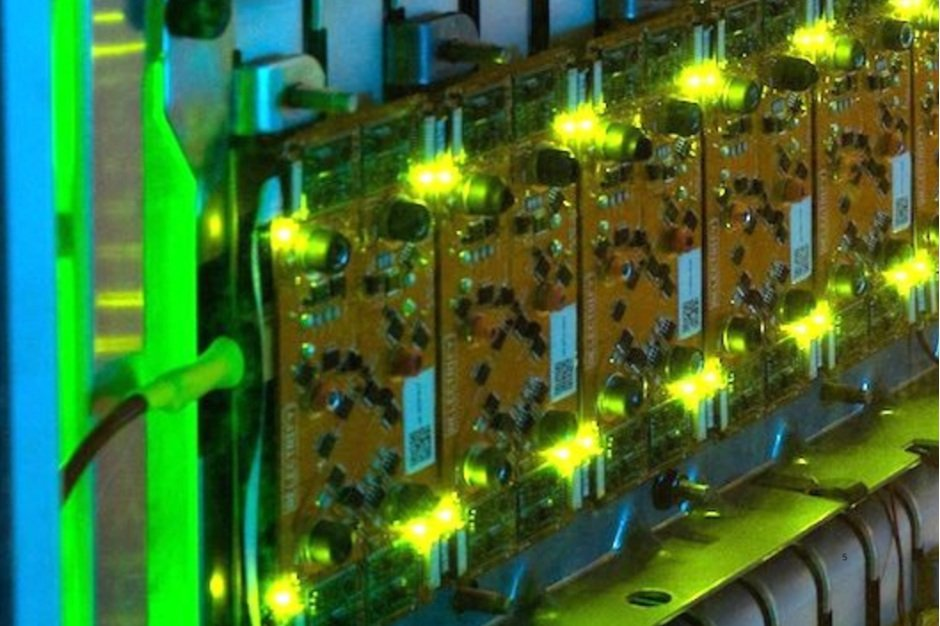
Relectrify Insights
How Relectrify CellSwitch™ helps to reduce CO2 emissions
June 5, 2023 | By Jim Morgenson
Moving toward a cleaner and greener planet
As the world strives to reach ambitious carbon reduction goals, innovations in renewable energy and energy storage play a crucial role. Relectrify’s CellSwitch technology emerges as a game-changer for the energy storage industry.
Relectrify’s CellSwitch replaces both the Battery Management System (BMS) and the bi-directional inverter in a conventional battery storage system. CellSwitch is a single integrated system that delivers grid-compliant Alternating Current (AC) directly from the battery by controlling each cell individually.
Our team is driven to combat climate change and accelerate the transition to renewable energy. Relectrify technology is able to make a direct impact by amplifying the CO2 reduction achieved when deploying battery storage alongside solar and wind generation.
Here we explore different scenarios to show how Relectrify’s CellSwitch can contribute to a greener future by reducing CO2 emissions. For every GWh of deployed energy storage, our technology can deliver up to 30% improvement in CO2 reduction, which equates to 439,000 metric tons over the typical 10 year in-service term of storage.
Scenario 1
Relectrify technology can deliver an additional 439 metric tons of CO2 Reduction per megawatt-hour (MWh) of deployed energy storage with:
- 1 MWh lithium-ion (LFP) battery that is charged entirely from renewable electricity;
- daily discharge to the US electricity grid during the evening peak hours;
- baseline 10-year operational term, dispatching one full cycle per day; and
- Relectrify CellSwitch technology facilitating 30% greater throughput (MWh) extending the system’s lifetime from 10 to 13 years.
Scenario 2
CellSwitch can deliver an additional 439 metric tons of CO2 reduction per MWh of deployed energy storage with:
- 1 MWh lithium-ion (LFP) battery that is charged entirely from renewable electricity (solar PV) during the daytime;
- 1 daily full cycle discharge to the US electricity grid during the evening peak hours;
- partial recharge from evening/night renewable energy (wind);
- partial additional 30% cycle discharge to the US electricity grid in the morning shoulder period;
- Relectrify technology enabling 30% more throughput from the battery during the baseline 10-year operational term; and
- 43.9 Metric Tons of additional CO2 off-set each year.
Data Source: EPA.GOV – EGrid (Note consumption data is from 2019 i.e. pre-Covid)
Whether the achievement of extra throughput from the battery enabled by CellSwitch technology is realised within 10 years or over 13, Relectrify enables 43.9 metric tons of CO2 reduction per MWh per year – or 43,900 metric tons per GWh.
Considering the projected growth of the energy storage industry, the installed base is expected to see installations reach almost 1.2 TWh of deployed battery energy storage by 2030, Relectrify has the potential to significantly accelerate decarbonisation (Source: Bloomberg NEF Oct. 2022). If Relectrify’s CellSwitch is implemented widely across the installed base, it would yield a substantial industry-wide impact.
Extrapolating this data to 25% of the projection to 2030, the industry could achieve an additional 10 million metric tons of CO2 offset per year by using Relectrify technology. This significant impact in CO2 reduction is even more impressive as it is achieved with improved safety and an anticipated cost reduction — making it an environmentally and economically game-changing choice for the industry.




